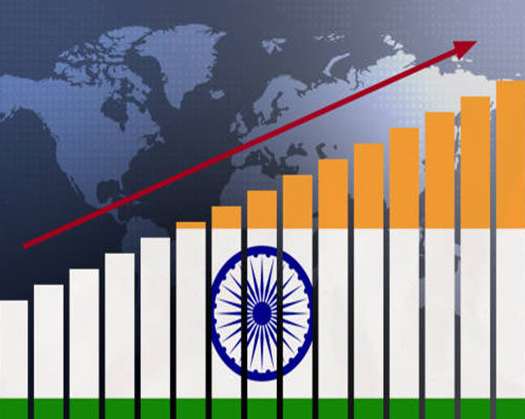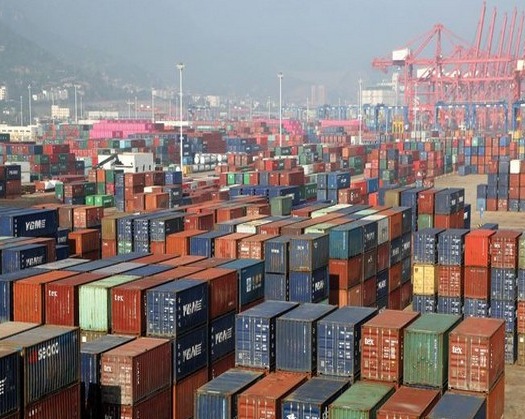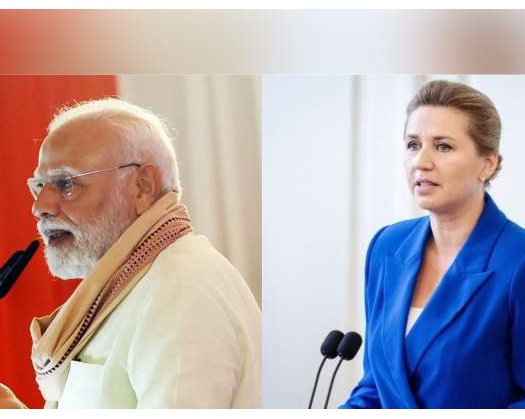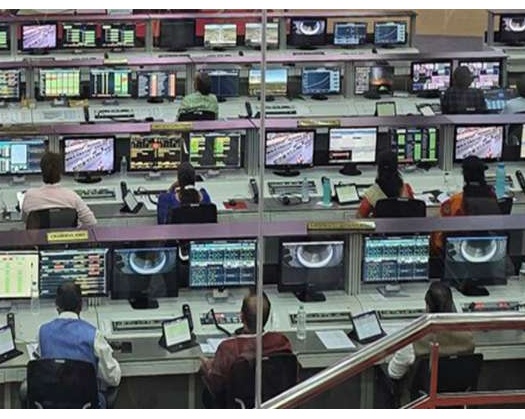New Delhi: Despite the global economy's turbulent state, rocked by the twin blows of trade policy concerns and rising geopolitical tensions, all high-frequency indicators point to strong economic activity in India in both the industrial and services sectors, according to the RBI's monthly report.
The central bank's report underscored the favorable domestic price environment, with headline inflation remaining below the tolerance threshold (4%) for the fourth month in a row in May.
In its State of the Economy report, the RBI stated that financial conditions continue to be favorable for efficient transmission of rate decreases to the credit market.
The RBI recently lowered the repo rate by 50 basis points to encourage economic growth.
Meanwhile, the central bank stated that optimism based on the US administration's temporary tariff freeze and trade agreements has maintained financial market mood robust in May and early June 2025.
However, after the Iran-Israel war, financial markets were once again engulfed by increased uncertainty and volatility.
The June OECD and World Bank assessments restated the risk of a significant deterioration in medium-term global economic outlooks due to increasing trade barriers and limitations.
While food prices decreased, nonfood commodity prices exhibited erratic fluctuations, reinforced by geopolitical conflict.
Crude oil prices have risen since June 13 due to renewed tensions in the Middle East, and gold prices have also increased owing to safehaven demand.
Amid rising worries about their domestic growth prospects, several central banks took use of the cushion created by lower inflation prints to lower policy rates further, according to the RBI.
The provisional estimates published in May have confirmed a 6. 5% growth in 202425, with a notable sequential improvement in the fourth quarter.
Various high-frequency indicators for May suggest that economic activity remains robust in both the manufacturing and service sectors. In fact, among the countries examined for the Purchasing Managers' Index (PMI), India had the greatest overall growth in activity, with an increase in new export orders in May standing out, even as other major economies contracted, according to the RBI study.
Capacity utilization by manufacturing companies remained above its long-term average. High-frequency indicators of total demand for May also pointed to an increase in rural demand, particularly in light of the agricultural sector's robust showing.
The agriculture sector witnessed a widespread rise in output across the majority of key crops in 202425.
According to the RBI, forward-looking consumer sentiment surveys indicate stable consumer confidence for the current period and increased optimism for the future.
All of these facts point to the Indian economy's remarkable resilience, despite global economic, trade, and geopolitical risks, according to the RBI.









